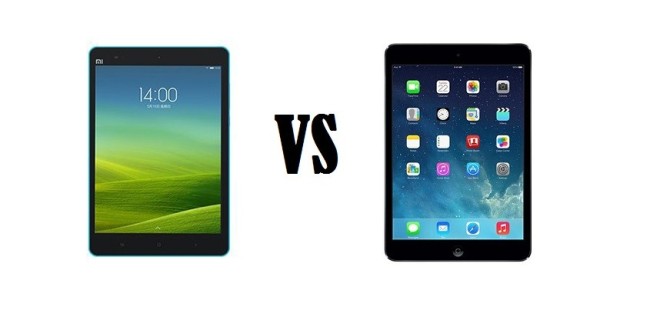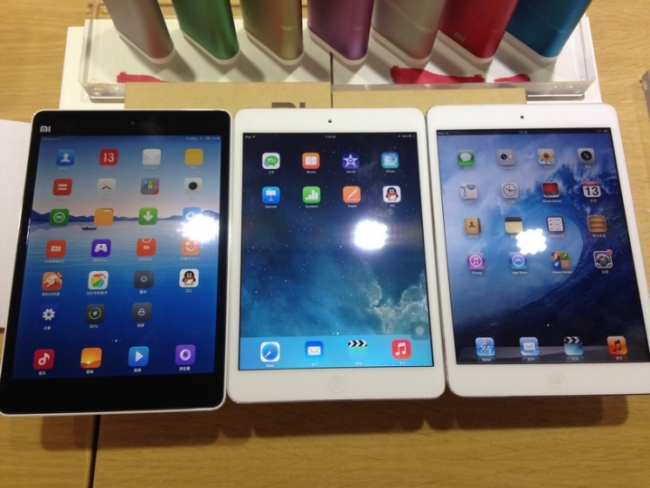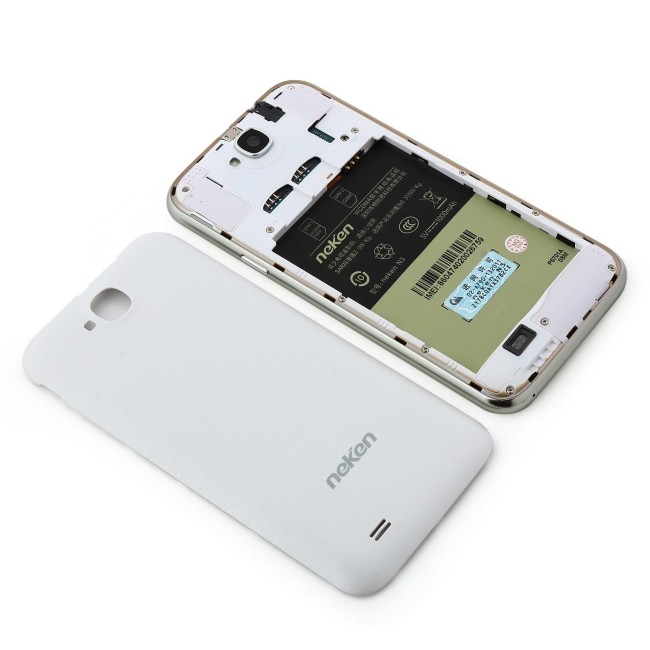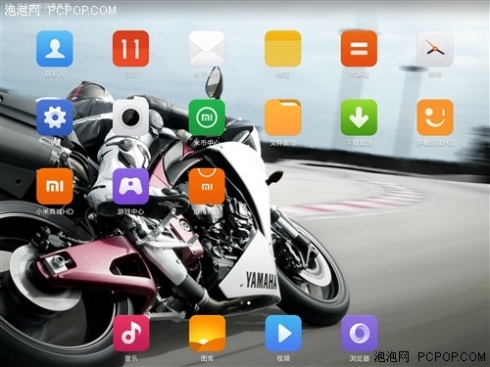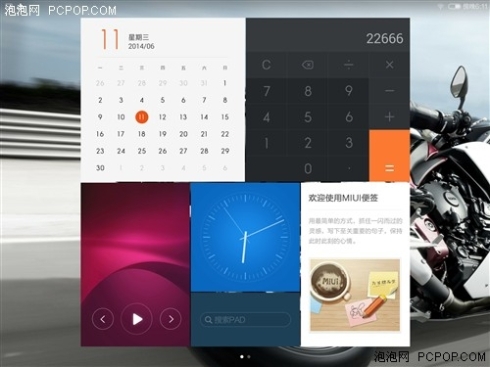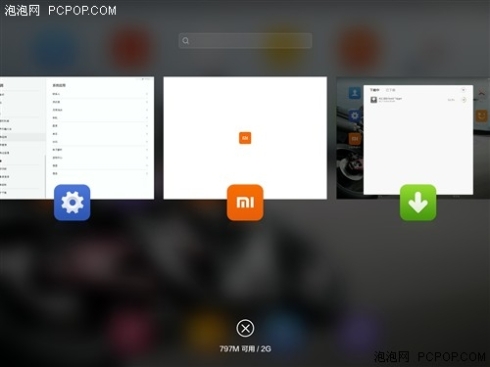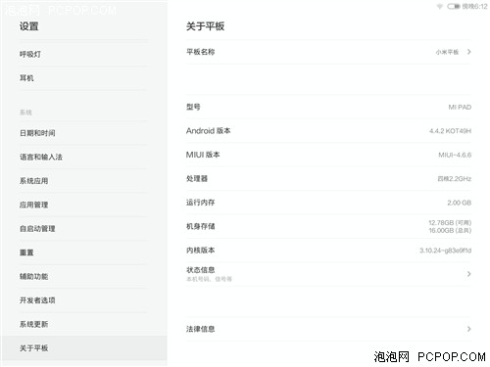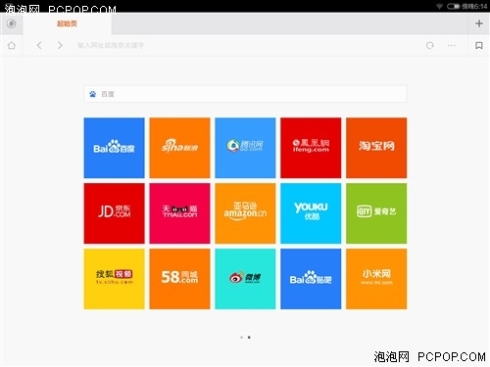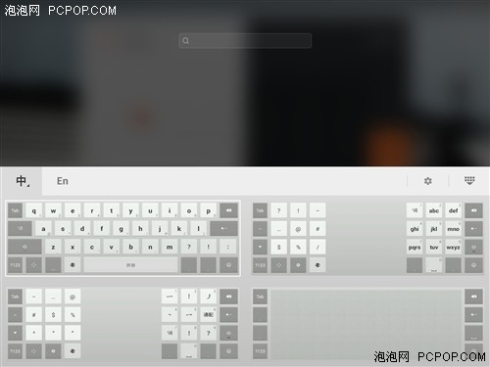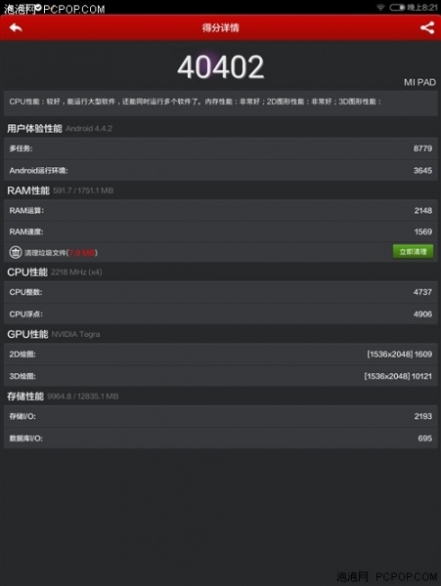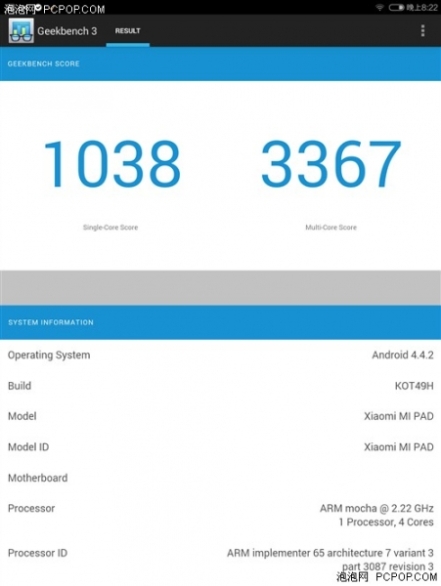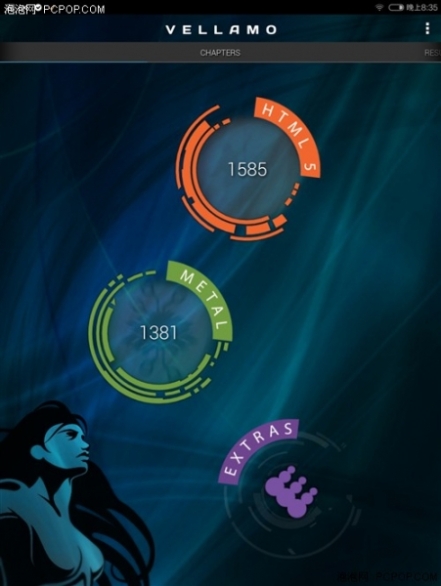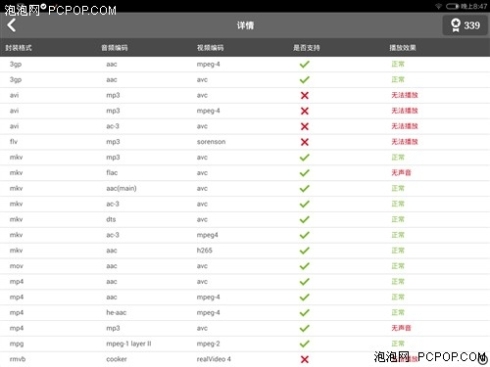 .
.
Xiaomi Hongmi (meaning “red rice” in Mandarin) or Redmi as it is known in Singapore has long been a best-selling device for the so called “Apple of China.” In its own backyard, Xiaomi is selling this smartphone for less than $150. If you’re living in the Western hemisphere, you must get it from some importer like Xiaomi World, which is asking $180 for the unlocked, SIM-free device. That’s still an awesome price for what you get in return. Simply put, no other device will deliver such value for the money.
The Hongmi packs a Corning Gorilla Glass 2-protected 4.7-inch 720p HD screen, MediaTek’s MT6589T quad-core chip clocked at 1.5GHz, 1GB of RAM, and just 4GB of internal storage though you can expand it with microSD cards. It has a rather decent 8-megapixel camera on the back, and 1.3-megapixel one on the front. There’s also a 2,000 mAh battery, Bluetooth 4.0, Wi-Fi and a usual set of sensors.
Plus, let’s not forget two SIM card slots, one of which can be used for connecting to HSPA networks, whereas the other one is GSM-only. Let’s go through the hardware first, shall we:
Specifications
- Network Technology: GSM
- OS: Android
- Display: 4.7 inch LCD
- Camera: 8.0 megapixels
- Battery: 2000 mAh
See full specifications
The Good
- No other device gets you the same bang for the buck.
- Camera is on par with some much more expensive models.
- Screen is rather awesome for a device this cheap.
The Bad
- The lack of 4G LTE connectivity could be a deal-breaker for some.
- MediaTek’s chip doesn’t provide enough power for 3D gaming.
Hardware
Here’s what Hongmi delivers:
- HSPA connectivity
- 4.7-inch 720p HD (720 x 1280 pixels) IPS LCD screen
- MediaTek MT6589T quad-core ARM Cortex-A7 chip clocked at 1.5GHz with PowerVR SGX544 graphics
- 1GB of RAM, 4GB of built-in storage, expandable with microSD cards
- 8-megapixel rear-camera with auto-focus and flash
- 1.3-megapixel front-facing camera
- Wi-Fi, Bluetooth 4.0, A-GPS, 3.5mm audio jack, FM radio
- 2000 mAh battery
- Dual-SIM capability, only one SIM can be connected to HSPA networks
- Android 4.3 Jelly Bean-based MIUI 5
- Dimensions: 5.39 x 2.72 x 0.39 inches (137 x 69 x 9.9 mm), 5.57 oz (158 grams)
As with the Mi3, the Hongmi also comes inside the simple yet fancy box that has a wall charger with microUSB to USB cable, and a thin simple user guide. Headphones, again – are not included.
The Xiaomi Redmi gets its power from MediaTek’s MT6589T quad-core processor clocked at 1.5GHz. This chip won’t deliver the performance of Qualcomm’s Snapdragon 600 or 800, but you’ll get a decent experience, nevertheless. Don’t expect all 3G games to work great, but other than that – you shouldn’t notice any lag. Quite the contrary, everything seems to be running smoothly. We would love a faster auto-focus in the camera app, but again – this isn’t a high-end device and considering the price, that would be asking too much.
Design

The Hongmi/Redmi looks like any other phone. Unlike the Mi3 which has the all-metal back, the Hongmi is made out of plastic. Hence, it’s cheaper. But, you can buy some fancy case/cover and turn it into a premium-lookin’ device. Again, we’re suggesting everyone to check out what Xiaomi World has to offer – they have some fancy covers listed at their site.
But even if you stay with the default plastic cover, you won’t regret. At first glance, the phone seemed kinda clunky in my hand, but that was before I’ve put battery inside after which it felt pretty solid. Heck I would say it feels more solid than many premium phones made by major companies.
That 4.7-inch screen looks rather amazing for any phone let alone the one that costs $220 (or less than $150 if you live in China or Singapore). Forget about fuzzy fonts, everything looks sharp on Hongmi. We would love it to have a slightly thinner bezel but I guess we ask too much from a phone this affordable.
Below the screen are three capacitive buttons with red icons (hence the name “red rice”) that make the phone different from other devices. Add a red cover to the mix and you get the ladies’ new best friend. Or go with the default black or white cover and it’s perfect for men.
The back of the phone is where the rear camera and flash are located. There are volume and power on/off buttons on one side of the phone; while the 3.5mm headset jack is placed on the very top.
Build Quality

The Xiaomi Redmi is a solidly-built product. Heck, I would say that it’s better than most of the phones in its category. Compared to similarly priced Samsung, LG or HTC phones wouldn’t do any good to the mentioned handset makers; as a China-based company, Xiaomi has lower costs of operations and is able to deliver a much better product for the same price.
Unlike the Mi3, the Redmi is completely made out of plastic which, I’m happy to say, doesn’t make the phone FEEL cheaper. It does look plasticy and cranky, but that’s only until you take it to your hand. At 158 grams, this is one of the heaviest devices in its range and that extra weight is responsible for the solid feel in the hand.
We also have to applaud Xiaomi for opting for Corning’s Gorilla Glass 2, making sure the Redmi’s screen isn’t that easy to break. Again, bear in mind this is a phone that costs around $200.
Software

Like any Xiaomi phone, the Redmi runs MIUI, a custom version of Android that in many ways makes the phone look like it’s running Apple’s rather than Google’s mobile platform. Forget about the app drawer, it doesn’t exist in MIUI and you’ll have to cram all of your apps into folders on the homescreen. Or place them [apps] directly on one of homescreens.
It’s not all just cosmetics. Xiaomi has its own cloud services which are tightly integrated in the MIUI and are used for storing photos, contact management, messaging, backups, and the ability to find your phone if you (God forbid) lose it.
Furthermore, the software brings along an array of tweaks that together make MIUI one of the most popular ROMs on the planet. For instance, holding down the home button when the phone is locked will turn on the flashlight, which is pretty cool.
Folks who like to personalize their phones with custom tones and graphics will also appreciate MIUI. Xiaomi has its own store of themes, audio and graphics files, providing users with a ton of options to choose from. Some things you can get for free, while some others cost few cents.
The biggest downside is the lack of preinstalled Google apps, which luckily could be quickly fixed. Simply search for “Google” in the Mi Market and grab the first app that you see on the list (it has a red icon with “g” letter and small Android logo). Called Google Installer, this app will let you install the missing apps, including Google Search, Chrome, GMail, Google Maps, and of course Play Store.
Web Browser, Multimedia And Camera
Camera
Most other phones in this price range have a 5-megapixel camera on the back; not the Xiaomi Redmi – its camera has an 8-megapixel sensor. Moreover, there’s also a pretty solid camera software included allowing such options as panorama and HDR photography. We would appreciate a faster auto-focus, but I guess that would be asking too much for the money.
Outdoor shots are surprisingly good with a plenty of detail and not overly saturated colors. Taking photos indoor doesn’t produce that fancy photos, but again – we got more than decent results in our testing. Overall, I would say the Redmi delivers a better-than-expected camera that can easily take on Samsung, LG and HTC smartphones in its category.
Call Quality And Battery Life

Calls were as crisp and clear as on any other device. I’m not really an expert in these sort of things, but I would say the Redmi is on par with other devices we’ve tested in the past. If you don’t expect the HTC One-like audio — which has those front-facing speakers to thank for the amazing sound — you won’t be disappointed with Hongmi.
Likewise, the battery life is more than decent. You’ll easily get through the day on a single charge even if you’re emailing and surfing the web more than a “normal” person. The Hongmi has a 2,000 mAh battery which delivers just the right amount of juice.
The Final Take
The Xiaomi Hongmi is an amazing device for the price. If you can get it in China or Singapore, do it even if you already have a great phone. It’s hard to imagine a better phone costing less than $150. On the other hand, if you have to buy it from some importer like Xiaomi World, perhaps you’re better off going for something better (some other Xiaomi phone, perhaps?). The same amount of cash gets you the unlocked Moto G, which is equally decent product. We’re not sure we would say the Redmi is better than Moto’s popular low-cost smartphone. It is, however, the single best smartphone with a price tag of $150 I ever tested. And it has that extra SIM card slot which comes in handy for those frequently travelling to other countries or just want to have a single device connected to two different networks. That’s something the Moto G lacks. That information alone could be worth pushing the button for some… 😉
